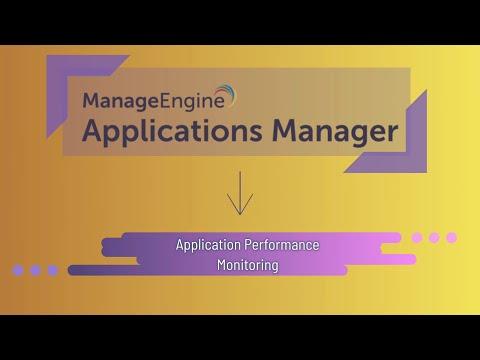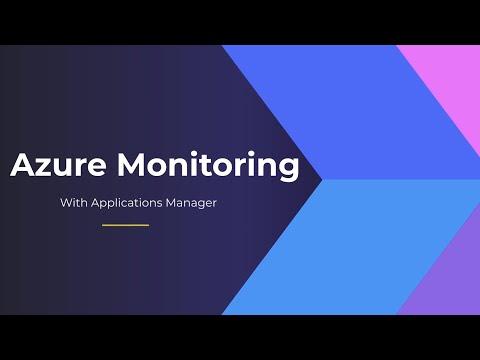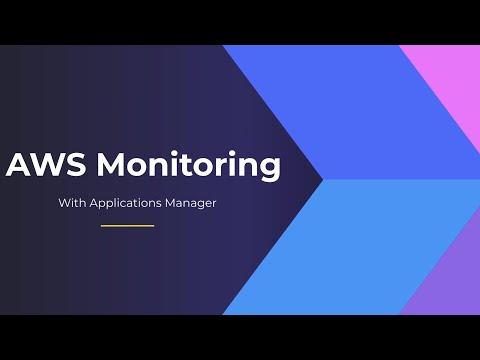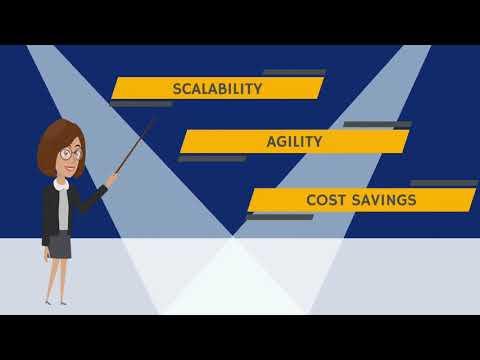Catchpoint announced the Catchpoint Digital Experience Score, providing an all-encompassing metric which represents all essential drivers of end-user digital experience.
It combines the network and application experience and how the user's device is performing all in one. Armed with the information, IT teams can quickly identify the source of problems and fix them faster.
The Catchpoint Digital Experience Score provides IT with a quantifiable measurement of employee's experiences with IT, shortening the time it takes to analyze data and get answers. What makes the score unique, is the visibility it provides into all the necessary components of the service delivery chain that account for true end-user experience and a comprehensive view into areas for improvement. It is calculated as an average of the data coming from devices, applications and networks which helps to provide an overall summary of what’s occurring, in real time.
“If you have no real visibility into the quality of employee experience on the apps, networks and devices they interact with every day, how can you make it any better?” said Mehdi Daoudi, CEO of Catchpoint. “IT teams can go beyond the basic visibility that other solutions provide to deeply analyze and optimize the complete digital experience.”
Poor digital employee experience can be detrimental to business. Typically, IT teams have to sift through incomplete data and reports that only tell half the story about the true end-user experience and have no measurement system in place.
With the Catchpoint Digital Experience Score, IT teams can:
- Keep a pulse on their workforce’s digital experiences
- Identify bottlenecks and find the root cause faster
- Baseline and improve experience to increase workforce productivity
Key capabilities of the experience score include:
- Experience Score: The Experience Score is a composite of Endpoint, Network, and Application scores. It is calculated as an average of the 3 scores and helps to provide a summary of overall end-user experience.
- Endpoint Score: The Endpoint Score shows the impact an Endpoint device is having on user experience. It is calculated by factoring in device specific metrics such as CPU and memory utilization.
- Network Score: The Network Score shows the impact the network is having on user experience. It is calculated with various network measurements such as packet loss and round-trip time.
- Application Score: The Application Score shows the impact one or more applications are having on user experience. It is calculated using load times, perceived application performance, and additional factors such as errors or timeouts.
The Latest
Broad proliferation of cloud infrastructure combined with continued support for remote workers is driving increased complexity and visibility challenges for network operations teams, according to new research conducted by Dimensional Research and sponsored by Broadcom ...
New research from ServiceNow and ThoughtLab reveals that less than 30% of banks feel their transformation efforts are meeting evolving customer digital needs. Additionally, 52% say they must revamp their strategy to counter competition from outside the sector. Adapting to these challenges isn't just about staying competitive — it's about staying in business ...
Leaders in the financial services sector are bullish on AI, with 95% of business and IT decision makers saying that AI is a top C-Suite priority, and 96% of respondents believing it provides their business a competitive advantage, according to Riverbed's Global AI and Digital Experience Survey ...
SLOs have long been a staple for DevOps teams to monitor the health of their applications and infrastructure ... Now, as digital trends have shifted, more and more teams are looking to adapt this model for the mobile environment. This, however, is not without its challenges ...
Modernizing IT infrastructure has become essential for organizations striving to remain competitive. This modernization extends beyond merely upgrading hardware or software; it involves strategically leveraging new technologies like AI and cloud computing to enhance operational efficiency, increase data accessibility, and improve the end-user experience ...
AI sure grew fast in popularity, but are AI apps any good? ... If companies are going to keep integrating AI applications into their tech stack at the rate they are, then they need to be aware of AI's limitations. More importantly, they need to evolve their testing regiment ...
If you were lucky, you found out about the massive CrowdStrike/Microsoft outage last July by reading about it over coffee. Those less fortunate were awoken hours earlier by frantic calls from work ... Whether you were directly affected or not, there's an important lesson: all organizations should be conducting in-depth reviews of testing and change management ...
In MEAN TIME TO INSIGHT Episode 11, Shamus McGillicuddy, VP of Research, Network Infrastructure and Operations, at EMA discusses Secure Access Service Edge (SASE) ...
On average, only 48% of digital initiatives enterprise-wide meet or exceed their business outcome targets according to Gartner's annual global survey of CIOs and technology executives ...
Artificial intelligence (AI) is rapidly reshaping industries around the world. From optimizing business processes to unlocking new levels of innovation, AI is a critical driver of success for modern enterprises. As a result, business leaders — from DevOps engineers to CTOs — are under pressure to incorporate AI into their workflows to stay competitive. But the question isn't whether AI should be adopted — it's how ...







